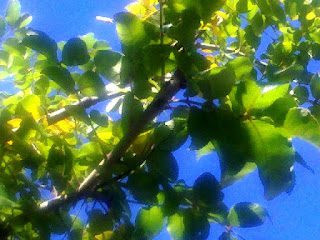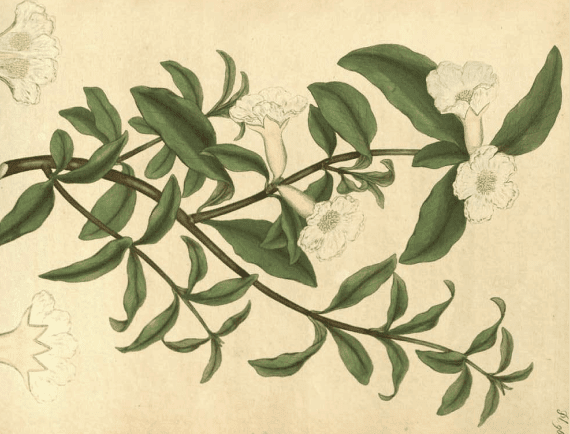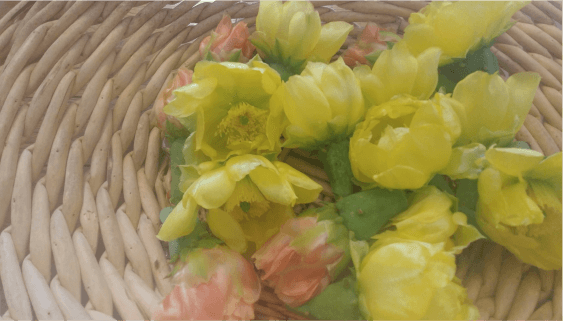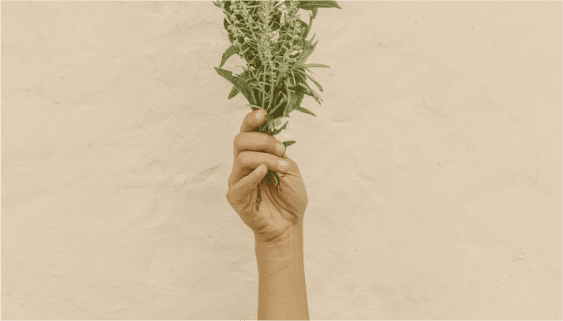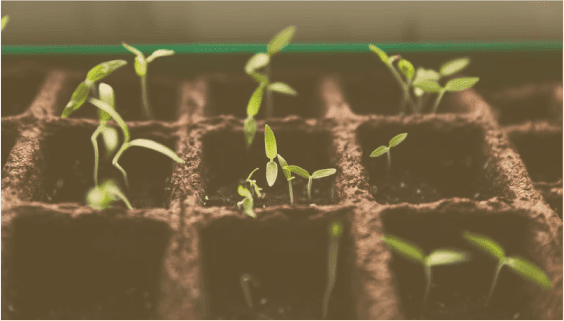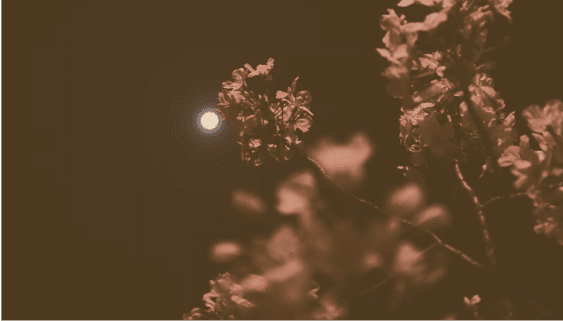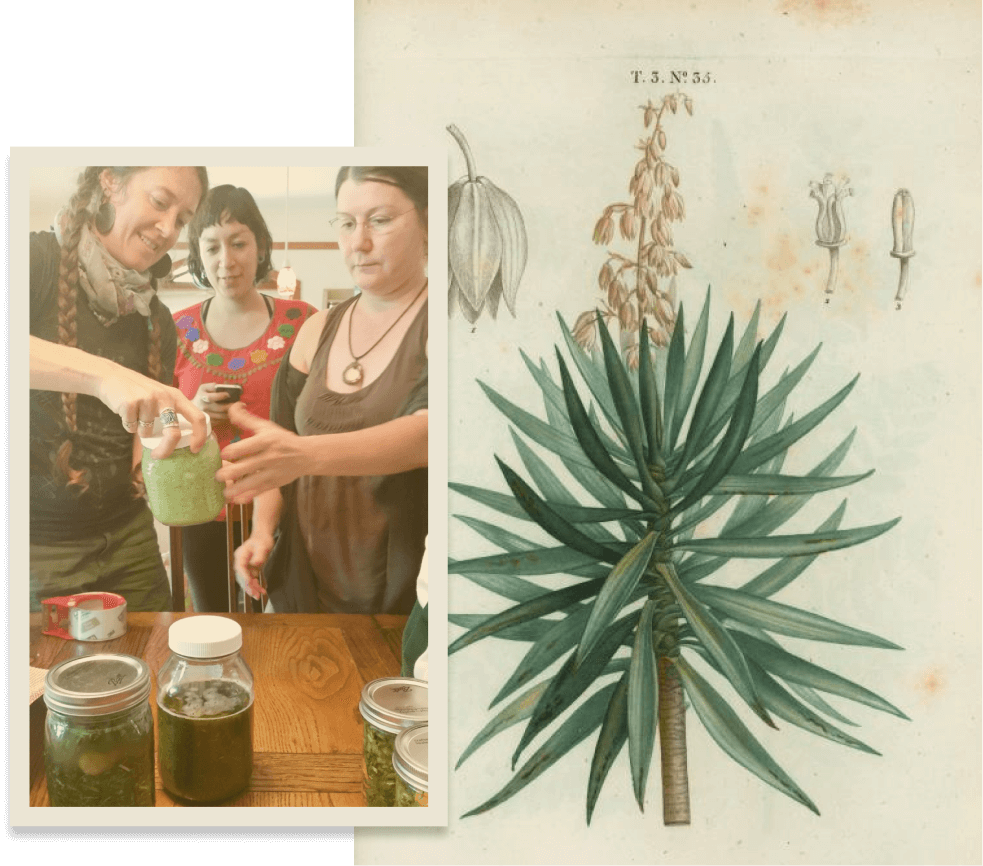Latin Names: Northern Prickly Ash (Xanthoxylum americanum) Southern Prickly Ash (Xanthoxylum clava-herculis)
Family: Rutaceae
Common Names: Tickle Tongue, Pepper Wood, Toothache Tree
All my life Prickly Ash has been a part of my landscape. My earliest memory of it, at about 4 or 5 years old, is licking a piece of the vibrant green inside bark with some kids down the road. They called it Tickle Tongue, and it did, indeed, have a tingly sensation on my tongue.
I grew up calling it Pepper Wood, not realizing until my recent classes at the Wildflower School that it was the same tree I had tasted in my youth. I have always found it a fascinating tree to observe, with its copiously thorny trunk and branches. Though, I must say, this tree does not feel very fascinating when dealing with livestock around it. It has always grown prolifically on our farm in Northeast Texas. Though we have cut many of them down over the years, they tenaciously grow back.
I believe the species we have here in Northeast Texas is the Xanthoxylum clava-herculis, also known as Southern Prickly Ash. It is a hardy tree that has medium gray bark with periodic splotches of white along the trunk. As I mentioned above, it also has thorns. Our local variety has lines of thorns that travel the full length of the trunk. The size of these thorns tends to vary based on their location on the trunk. As the trunk gets larger, the thorns get larger. The base of the thorns on the trunks of older trees is wart-like with a sharp thorny protrusion. Whereas, the bulbous, wart-like base is not evident on the trunks of younger trees.
The thorns on the branches do not, necessarily grow in such a linear fashion. However, I have observed that, much like the trunk, the larger branches tend to have warty based thorns. While the smaller and younger branches do not.
The leaves are a medium green with a hint of yellow and a slight tooth. The berries begin life the same color as the leaves, but turn a sort of purple-black over time.
Prickly Ash is a member of the Citrus family. The leaves, berries, and bark can all be used. I have read accounts of its use alone, but I also discovered that it is often used in conjunction with other herbs. It is a strong nervine which has seen a number of uses for ailments that range in diversity from toothache to cholera over the last couple of centuries. Ellingwood stated in 1919, “It is diffusible, producing a warm glow throughout the system and nervous tingling, as if a mild current of electricity was being administered.”
According to J.T. Garrett, the Cherokee used this tree for blood purification, stimulation of the circulation, sexually transmitted diseases, and they chewed it for toothaches. Garrett also states, “A salve of bear grease and prickly ash was used as a poultice for wounds and sores in the earlier years, especially in treating boils.”
In my research I found that many wrote of the positive effects of Prickly Ash on the digestive tract and gas. (I will discuss my own experience with this a bit later.) We learned in class that the Chinese have used the berries in their cuisine to aid in digestion. I learned from Henriette Kress’ website that, “King used it extensively in the cholera epidemic of 1849 with excellent results.” I believe King also used the berries.
Matthew Wood has used it extensively for pain. He writes, “It will rectify conditions wher the nerves have been injured, torn, or overstimulated, are numb, tingling, or torturously painful, and it will do it with a power that is hard to believe.”
My own use has been primarily with a tincture of Xanthoxylum clava-herculis leaves, bark, and flower in Everclear.
DROP PULSE:
INGESTED:
I am a smoker, and interestingly enough, I found that with a cough about 15 minutes after ingesting the tincture, my chest congestion was much improved, as well.
TOOTH PAIN:
REFERENCES:
The Cherokee Herbal by J.T. Garrett
The Earthwise Herbal(New World) by Matthew Wood
The Ways of Herbs by Michael Tierra
www.henriettesherbal.com
www.swsbm.com
